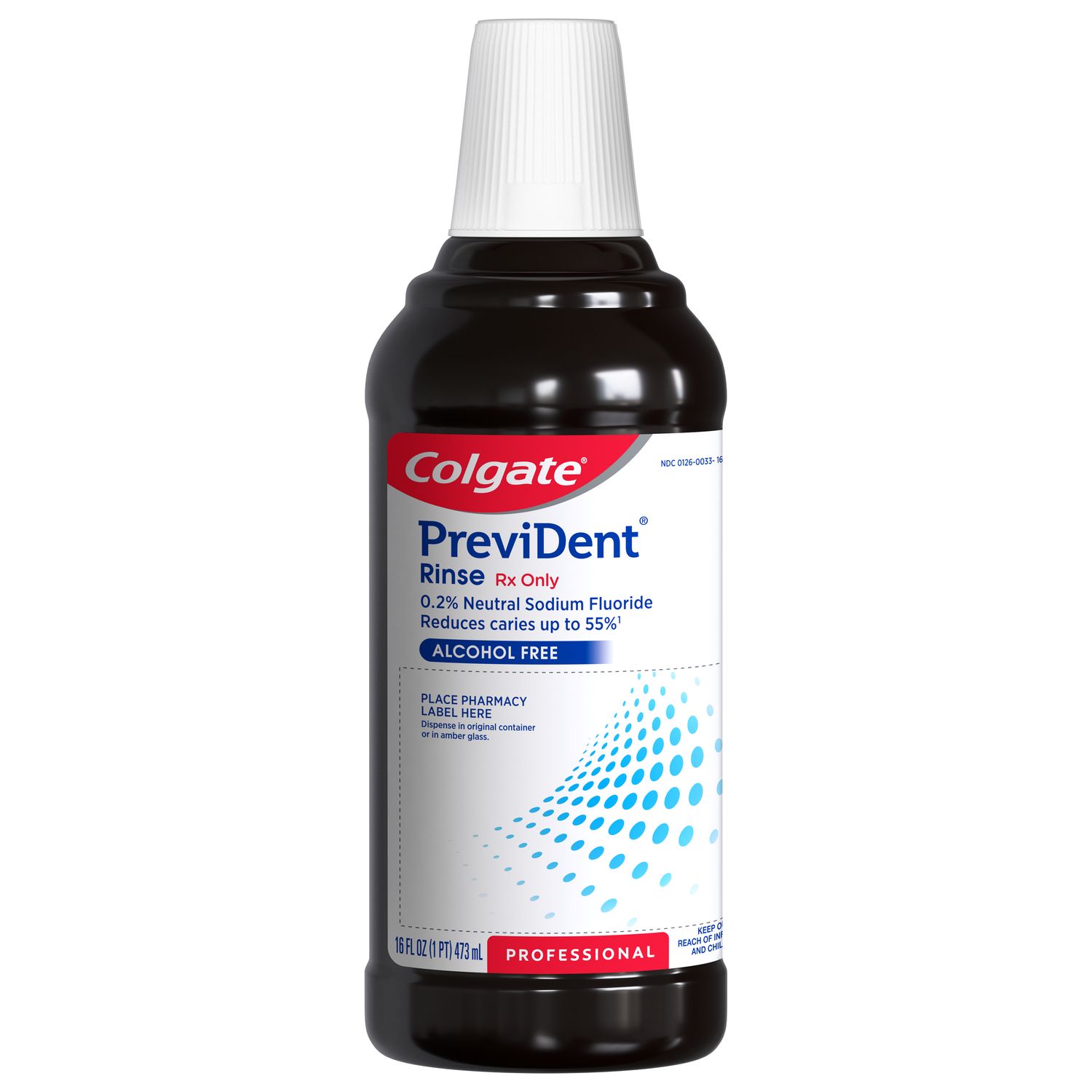
Every year, millions of individuals undergo treatment with fixed orthodontic appliances. However, as with any treatment, fixed orthodontic appliances come with risks as well as benefits.
Orthodontic decalcifications, or white spot lesions, are a common complication of fixed orthodontic appliances. Estimates of prevalence vary. In one study, 95% of subjects were found to have at least one lesion at the time of debonding. In another study, conducted using highly sensitive quantitative light fluorescence, 97% of patients treated with fixed orthodontic appliances experienced white spot lesions.
Why is orthodontic decalcification so common?
The brackets and archwires of fixed orthodontic appliances create physical obstacles in the mouth that hinder salivary clearance and make toothbrushing and interdental cleaning more difficult.
If adequate oral hygiene is not performed, biofilm accumulates in the areas adjacent to the appliance, and the tooth structure is attacked by the acid produced by the cariogenic bacteria in the biofilm. This leads to subsurface enamel demineralization and loss of density, resulting in the chalky appearance characteristic of white spot lesions.
This risk is compounded by the fact that the composition of biofilm changes significantly after a fixed orthodontic appliance is introduced. The biofilm is found to contain higher numbers of cariogenic bacteria, most notably Streptococcus mutans and Lactobacilli.
Oral hygiene and preventive care
Poor oral hygiene before and during treatment is a major risk factor for orthodontic white spot lesions. In order to help prevent them, dentists must emphasize the importance of maintaining stellar oral hygiene habits throughout treatment.
Coach your orthodontic patients to brush for two minutes, twice a day, with a high-fluoride toothpaste, such as Colgate PreviDent 5000 ppm Ortho Defense Toothpaste. High-fluoride dentifrices are also recommended to arrest or reverse non-cavitated lesions and support the remineralization of the teeth.
To maximize the benefits of toothbrushing, recommend that your patients use a brush designed specifically for orthodontic appliances. While interdental cleaning can be more of a challenge with a fixed orthodontic appliance, it is nonetheless an essential step. Advise your patients on how to use floss threaders, manual interdental brushes, or air or water flossers.
The American Dental Association (ADA) also recommends a fluoride mouthwash as one of the options for patients at risk for dental caries. Daily use of fluoride mouthwash has been shown to help reduce the development of caries lesions. Colgate Phos-Flur Rinse has been formulated especially for orthodontic patients and has been proven to help reduce white spot lesions, and in one study its use reduced orthodontic white spots by 58%.
Finally, for patients at increased caries risk, which includes patients wearing orthodontic appliances, the ADA recommends periodic application of an in-office 5% sodium fluoride varnish or a 4-minute APF gel. Five percent sodium fluoride varnish, such as Colgate PreviDent Varnish, can be applied directly to high-risk areas, such as around bracket, and will release fluoride over a multi-hour period.
Join us
Get resources, products and helpful information to give your patients a healthier future.
Join us
Get resources, products and helpful information to give your patients a healthier future.













